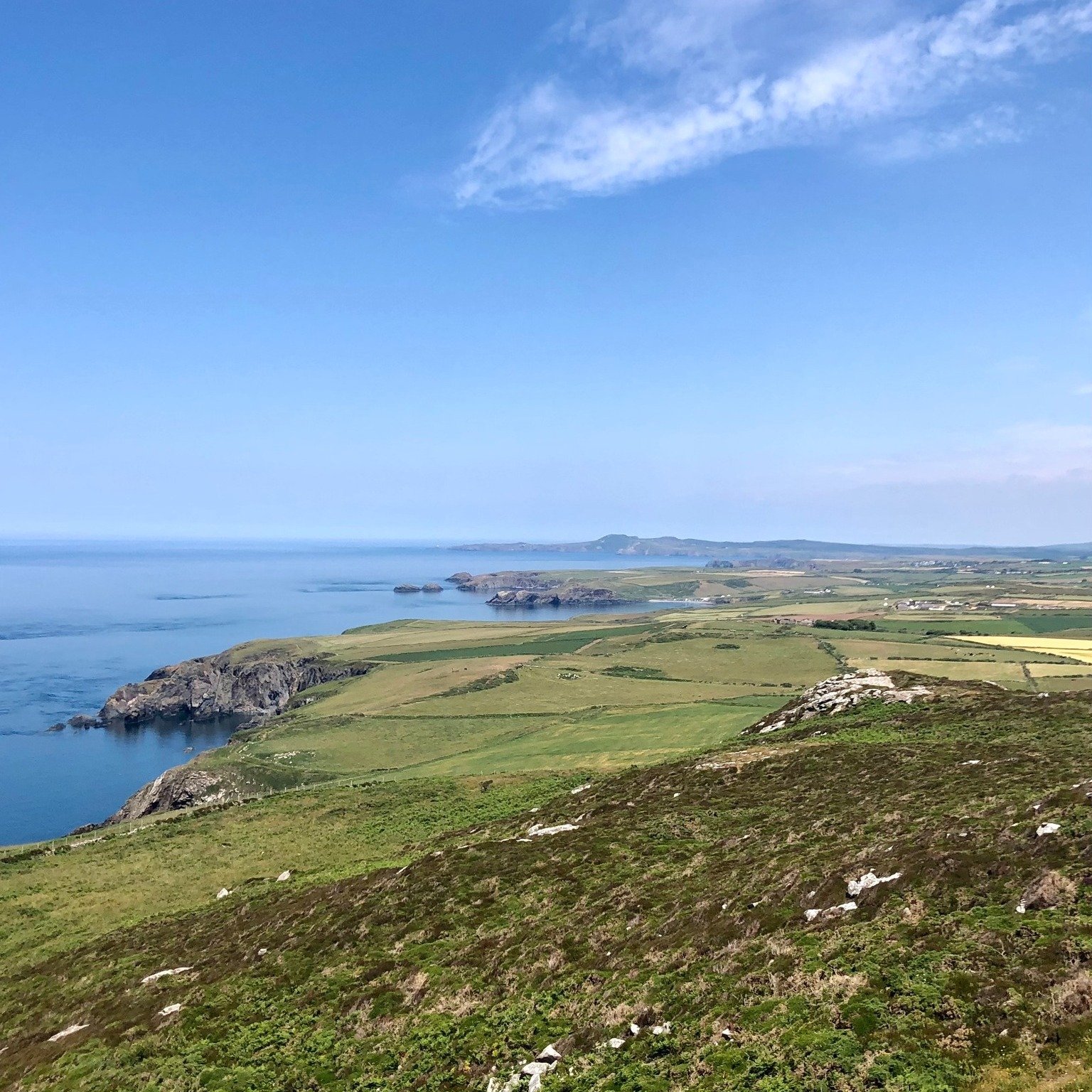Walks near Celtic Camping: Penberry/Treleddyd
Introducing the "2024 Wales by Trails" campaign: a groundbreaking initiative inviting adventurers to explore the stunning landscapes and hidden treasures of Wales through an extensive network of trails. From rugged coastlines to serene woodlands, this campaign showcases the diverse beauty of Wales, inviting travelers to embark on unforgettable journeys.
Immerse yourself in the magic of Wales by discovering breathtaking coastal path walks, all conveniently accessible from our campsite, Celtic Camping & Bunkhouse Accommodation. With the guidance of the "2024 Wales by Trails" campaign, you'll uncover hidden gems, encounter captivating wildlife, and experience the unparalleled beauty of Wales like never before.
From Celtic Camping & Bunkhouse Accommodation you can explore the rugged beauty, rich history, and breathtaking landscapes of the Pembrokeshire Coastal Path, with direct access from our campsite. Whether you're a seasoned hiker or a nature enthusiast seeking adventure, these walks promise unforgettable experiences and memories waiting to be made. So, lace up your hiking boots, pack your sense of adventure, and discover the beauty on our doorstep.
DISTANCE/DURATION: 4.0 miles (6.5 km) 2 hours.
PUBLIC TRANSPORT: Fflecsi Bus
CHARACTER: Rugged coast, cliff edge, fields and livestock.
LOOK OUT FOR: Views Penberry and Treleddyd Fawr Welsh hamlet extended farm.
PLEASE NOTE: No car parking. Access to walk by bus only.
Want to see the entire sweep of the west Pembrokeshire Coast? Then try this walk for spectacular views…
From the top of Carn Penberry you can see the whole of west Pembrokeshire laid out before you from St Davids Head to Ramsey and across St Brides Bay to Skomer.
Penberry is the first in a sequence of tors made of hard igneous rock along the northern coast of the St Davids peninsula. (The others are Carn Treliwyd, Carn Perfedd, Carnedd Lleithr and Carn Llidi.).
When the sea-level was much higher nearly 70 million years ago, they were islands.
The sea wore away the surrounding softer rocks to create the wave-cut plateau that now makes up most of Pembrokeshire.
For more walks on the Pembrokeshire Coastal Path check out the Pembrokeshire Coast National Parks website.


